There are some new whiskers, feathers and wings for you to visit in My Big Backyard on your next CMZoo adventure. Stop by and say hello to the 2-month-old guinea fowl chick (known as a keet), honeybees, African fruit chafer beetles, 3-month-old rats and extinct-in-the-wild Simandoa cave roaches!
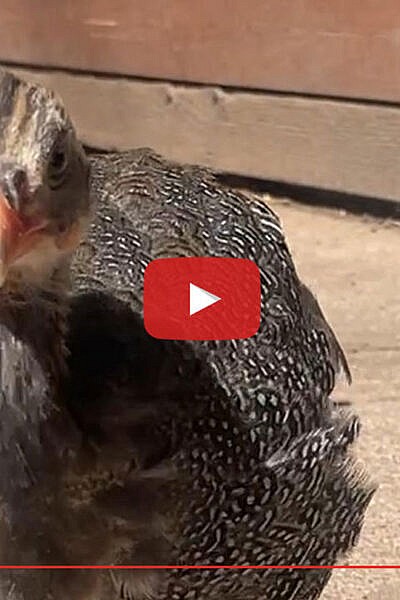

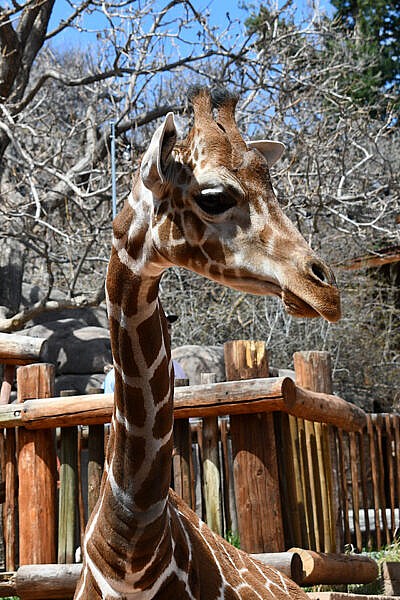


Kay, a one-year-old female giraffe from Lincoln Children’s Zoo (LCZ), arrived at Cheyenne Mountain Zoo on the evening of Wed., April 19, and she’s settling in well. She has shared space with Msichana and Muziki, and, this week, started introductions with other herd members through a protective barrier, including Ohe and Viv, who were very interested!
Just like people, animals respond to changes in their surroundings and routines, so it’s important to have a plan in place. Long before Kay arrived, her care teams at LCZ and CMZoo started working together to make her transition go as smoothly as possible. Our partners at Children’s Hospital Colorado have advice for parents to teach their kids skills to navigate changes and advocate for their well-beings. At CMZoo, keepers do the same for their animals.
In anticipation of Kay’s arrival, the African Rift Valley team set up clean and comfortable spaces for her routine quarantine period, planned quarantine protocols and necessary sample collections with CMZoo’s veterinary team, chose 20-year-old giraffe, Msichana, as a friend to keep Kay company during quarantine, and worked with LCZ’s giraffe keeper team to learn all about her personality, training and tendencies.
CMZoo has welcomed a lot of giraffe over the years, so keepers know what works best for the entire herd, and they also take an individual giraffe’s needs into perspective once they arrive. What has made this move especially successful for Kay, so far, is the effort both teams put into her care.

“We have been in communication with Kay’s team at LCZ a lot,” said Savannah Woods, African Rift Valley keeper at CMZoo. “We feel really prepared to care for Kay as an individual because of the information they’ve been able to provide, because we have such extensive experience with giraffe, and because they have done such a great job preparing her for the move.”
Kay is the second giraffe ever born at Lincoln Children’s Zoo, and the first to move to another location. Jake Beiermann, primary giraffe keeper at LCZ, has worked with Kay since she was born. He traveled to CMZoo with Kay to help her settle in and to spend a few days with the keeper team at CMZoo.
“We know CMZoo is big on voluntary husbandry training, so we wanted Kay to be prepared with some basic behaviors so she could get going into the routine right away,” said Beiermann. “Before her big road trip, we also exposed her to a lot of new and different situations so she could learn that new things didn’t need to be scary. When she arrived and met a new care team, a new giraffe herd, a new location and whole new routine, she was confident and adaptable. She’s very confident.”
Because Kay needed to be bottle fed as a baby at LCZ, she is extremely outgoing and comfortable with people. She gently and eagerly approaches her new keeper team through a protective barrier and enthusiastically investigates new spaces and enrichment activities at CMZoo.

“I think she’s going to be a fantastic ambassador for her species, and because our Zoo does so much to get guests close to animals, I think she’s going to enjoy that setup,” said Woods. “LCZ has done amazing work with her training. She’s only a year old, and she’s already positioning her foot on the hoof care block, so we’re excited to continue that because husbandry is such a big part of our program at CMZoo.”
Once Kay receives the medical all-clear from the CMZoo veterinary team, she will start to meet other members of the herd. Once she’s comfortable with that, her care team will continue increasing the number of giraffe she’ll share space with, and the spaces she’ll explore. Kay lived with two other calves at LCZ and spent much of her time running and playing with them, so CMZoo’s team has high hopes for her buddying up with six-month-old Wednesday, 4-year-old Viv, 4-year-old Ohe, and 5-year-old Panya.
“I’m excited to see her out with the big herd when the time is right,” said Beiermann. “I couldn’t ask for her to go to a better place than CMZoo. I’ve been lucky enough to get to know the CMZoo crew, and I know she’s in the best hands. Hopefully we’ll get to see her contribute to the Giraffe Species Survival Plan with her own babies someday, and that our efforts to save her as a calf were all leading to good things in the future.”
CMZoo will provide updates on Kay as she continues to settle in at CMZoo.
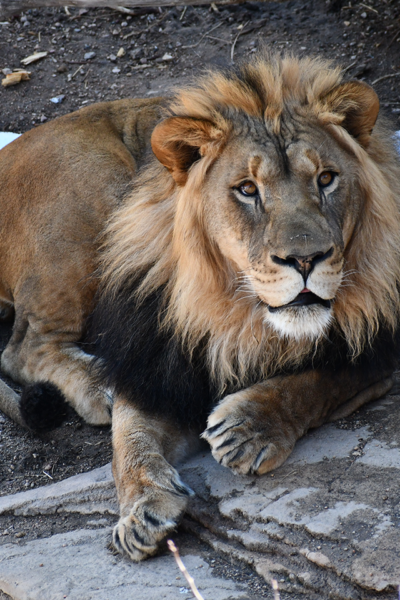

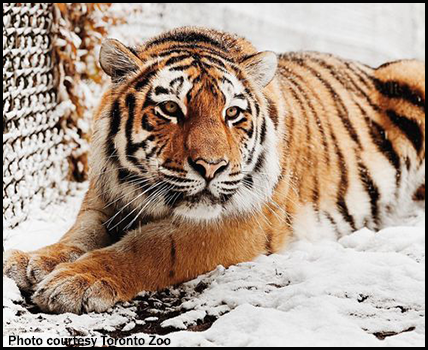
Cheyenne Mountain Zoo is preparing for the arrival of a female Amur tiger, Mila [MEE-luh], in early March and the departure of a male African lion, Boma [BOH-muh], in late March. The two moves support their respective Species Survival Plans, but aren’t necessarily immediate breeding recommendations. Organizations accredited by the Association of Zoos and Aquariums (AZA) often work together, like this, to provide the best homes available as animals mature and develop different needs, like additional space or new social opportunities.
Mila, who will turn two on May 1, will travel to CMZoo from Toronto Zoo, where she was born and has lived with her mother, Mazy, until recently. Tigers are typically solitary in the wild, so Mila is prime to embrace the world as an independent young adult tiger, but she’s still a little young to become a mom herself. CMZoo’s tiger habitat in Asian Highlands has plenty of space to make a home for Mila.
Chewy, CMZoo’s nearly 8-year-old male Amur tiger, and Mila will certainly be aware of each other’s presence in the tiger building, where they’ll have separate dens, or in the yards they will take turns exploring. However, there are no immediate plans to introduce the tigers.

For animal transfers, keeper teams from both zoos typically work together to make animal moves as low stress as possible for all involved. They share information about an animal’s favorite treats, enrichment items, trained behaviors, den setups, behavioral tendencies and more. This helps the animal’s new care team provide the best possible welfare once the animal arrives.
“This is Mila’s first-ever move, so we want to make it as positive an experience as possible for her,” said Rebecca Zwicker, animal care manager in Asian Highlands. “She has been Toronto’s sweetheart, so we’re happy to welcome her to our community where we know she’ll be equally admired and respected with a life of choice, opportunity and care.”
Mila’s team will follow her lead as she learns the new faces, spaces and smells at CMZoo. Once she arrives, they’ll focus on building trusting relationships with her through training, enrichment, positive reinforcement and lots of her favorite activities and meals.
“There’s no need to rush things,” said Zwicker. “We’ll be excited to share her with guests as soon as Mila shows us she’s ready.”
Unlike tigers, African lions are social animals. As they mature, they sometimes outgrow their family units. Seven-year-old Boma, who was born at CMZoo in 2015 and has been living with his brother Aslan for the last several years, is showing signs he’s ready for his own pride.
Boma is moving to another AZA-accredited organization in California, where he will be the only male in the pride. Because Boma’s genetics are well represented in the assurance population of African lions in human care, this move is unlikely to result in a breeding recommendation.

“A huge part of our role as keepers is to provide the best possible environments for our animals,” said Rachael Hahn, African Rift Valley senior lead keeper. “When you see an animal is telling you it’s time for something new, we embrace the fact that there’s a reward for them that far outweighs the risk. Of course, it’s hard to say goodbye when an animal moves on, but we really think this new place and pride are going to be perfect for him.”
To prepare him for his road trip, the African Rift Valley animal care team has been familiarizing Boma with his travel crate and making sure he’s in tip-top shape to make the trip. Boma’s keepers at CMZoo have been in contact with his new care team in California, so they can welcome Boma and be aware of his tendencies, preferences and motivators.
“Boma is probably our most confident lion,” said Hahn. “I can just see him strutting into his new home with his impressive presence and quickly winning the hearts of the team and the respect of his new pride.”
With Boma leaving, African Rift Valley keepers are working to provide Aslan with social opportunities, too. Four African lions will remain at CMZoo: the patriarch, Abuto, the aging matriarch, Lomela, their daughter, Elsa, and their son, Aslan. The long-term plan is for Elsa and Aslan to share space, with interbreeding preventions in place, and for Lomela and Abuto to share space. The introduction plan will be ongoing, so guests may see groups of two or three lions together as the care team works to support the changes in the pride.
Guests who want to wish Boma well on his new adventure should do so before Mon., March 27. CMZoo will provide social media updates on Mila’s arrival, including when guests might be able to see her in Asian Highlands, as she settles in.
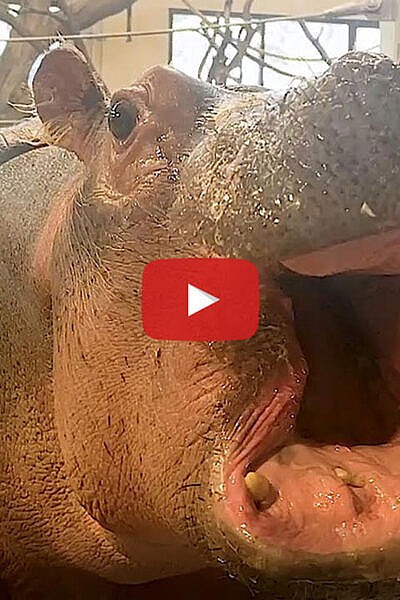

It’s easy to see how much Omo has grown since his first few months with us, but our 18-month-old hippo is doing a lot more than just gaining pounds. He’s hitting training milestones, getting more independent and growing some impressive tusks and teeth.
Just like when he was born, Omo is still playful, curious and energetic. Within the last few months, Omo has become even more independent and explores – and even naps – on his own away from his mom, Zambezi.
Omo is learning foundational voluntary husbandry behaviors: target and open-mouth training. During target training, keepers ask Omo to move to a specific area, which allows them to visually check him and present him with new enrichment activities, among other things. They might ask him to step onto the scale, for example. (He now weighs over 765 pounds!) Open-mouth training is a first step toward allowing keepers and veterinary staff to check and clean his teeth and tusks, which are now easily visible when he opens his mouth!
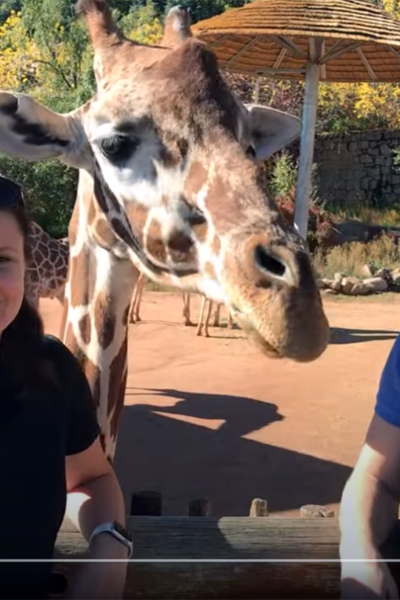

We’re back with another update on Bailey, our giraffe who is due to have a baby any day now! She is not showing signs that labor is imminent – despite the very round belly we show you in this video – so we thought we’d take the opportunity to tell you a bit more about the International Center for the Care and Conservation of Giraffe.
In August, CMZoo launched a first-of-its-kind giraffe training, knowledge-sharing and giraffe emergency response program, called the International Center for the Care and Conservation of Giraffe. Dr. Liza Dadone is the senior giraffe veterinarian at The Center and Amy Schilz is the senior animal behaviorist. Learn more here.
Dr. Liza and Amy still work closely with our herd, but CMZoo has dedicated the resources to allow these two long-time CMZoo giraffe experts to share what we know with others who care for giraffe around the world.
Don’t forget, you can guess when Bailey will have her calf at https://www.cmzoo.org/guess. The person who guesses the closest day, hour and minute will win a behind-the-scenes giraffe encounter with our herd!
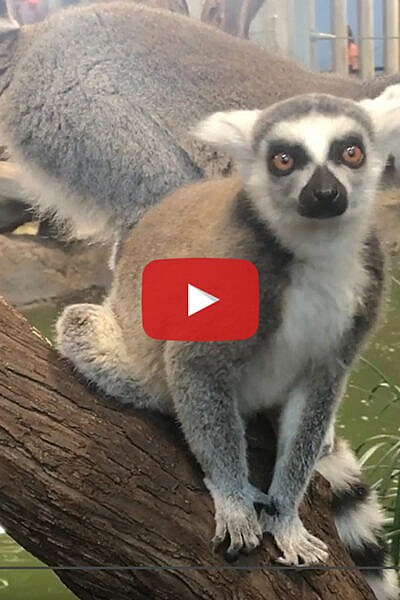

Our ring-tailed lemur twins, Elo and Anja, celebrated their first birthday on July 11, and their older half-brother, Maky, turned one on April 26. Step onto Lemur Island with us to see how the young prosimians’ personalities have developed in the lemur conspiracy (what a group of lemurs is called) and get up-close for a voluntary injection training session with their care team.
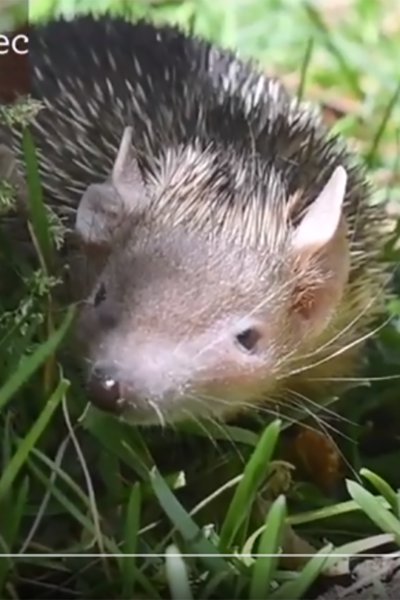

See a few of the new faces at The Loft, The Treehouse and My Big Backyard! From Bubba, our giant African bullfrog, to Nigel, our lesser Madagascar tenrec, Raider the African grey parrot and Ms. Frizzle, our curlyhair tarantula, there are lots of new animal ambassadors to visit on your next trip to CMZoo!
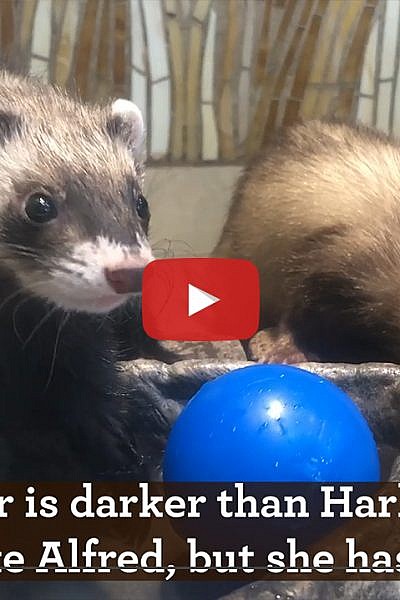

The Loft is now home to three domestic ferrets! Nine-month-old female domestic ferret, Cyclone, has joined Alfred Pennyworth and Harley Quinn at CMZoo. Watch as Cyclone enjoys one of her favorite enrichment activities: a ball pit!
Cyclone has lighter fur than Harley. Her markings are similar to Alfred’s, except her nose is black, as his is pink. Next time you’re at CMZoo, swing by The Loft to say hello to this energetic trio!
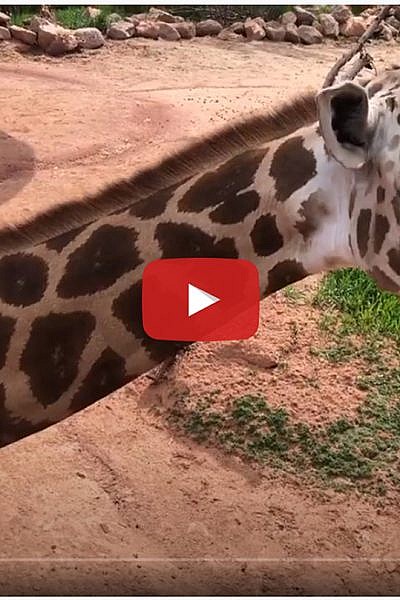

Learn all about Ohe, Viv, BB and Panya, our four giraffe under four years old!
Their primary trainers detail their personalities, roles in the herd, training progress, and relationships as the herd’s youngsters. You’ll also get to see behind-the-scenes training footage of each giraffe and its trainer, as well as a mini-zoomie session in the main yard.
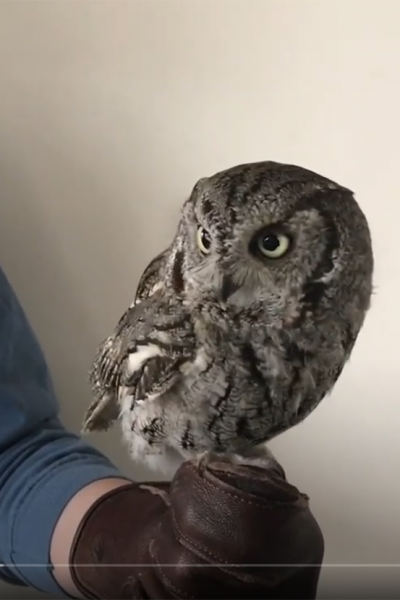

CMZoo’s EdVenture department recently welcomed Hootenanny, a 6-year-old female screech owl, to the team. Get to know “Hoot” and learn about her species, which is found in Colorado’s wild places. She may be small, but she is a skilled hunter and a fast study. Learn about her incredible adaptations and watch her flight training with her primary trainer, Lauren.
Hootenanny participates in our outreach programs, like animal meet-and-greets and ZOOMobile. Learn more about our custom animal experiences/.